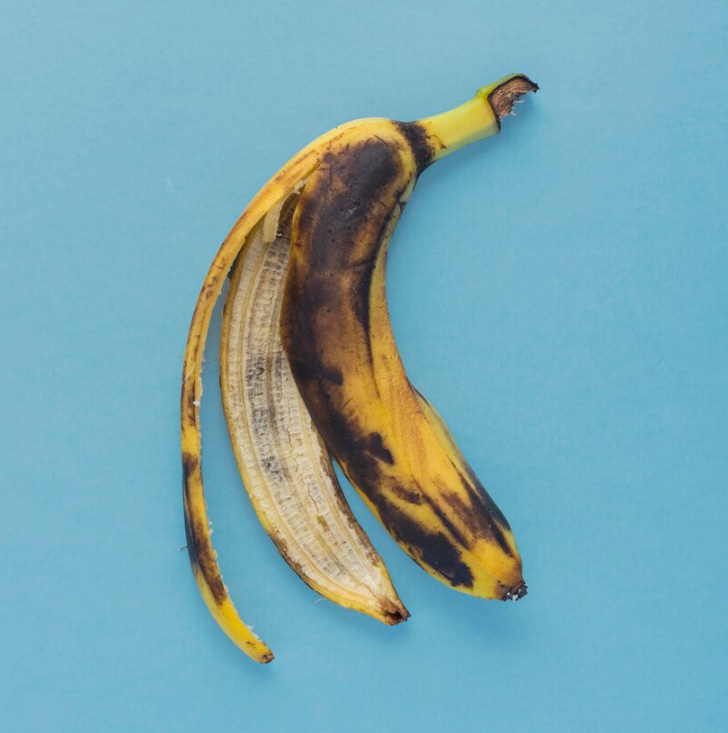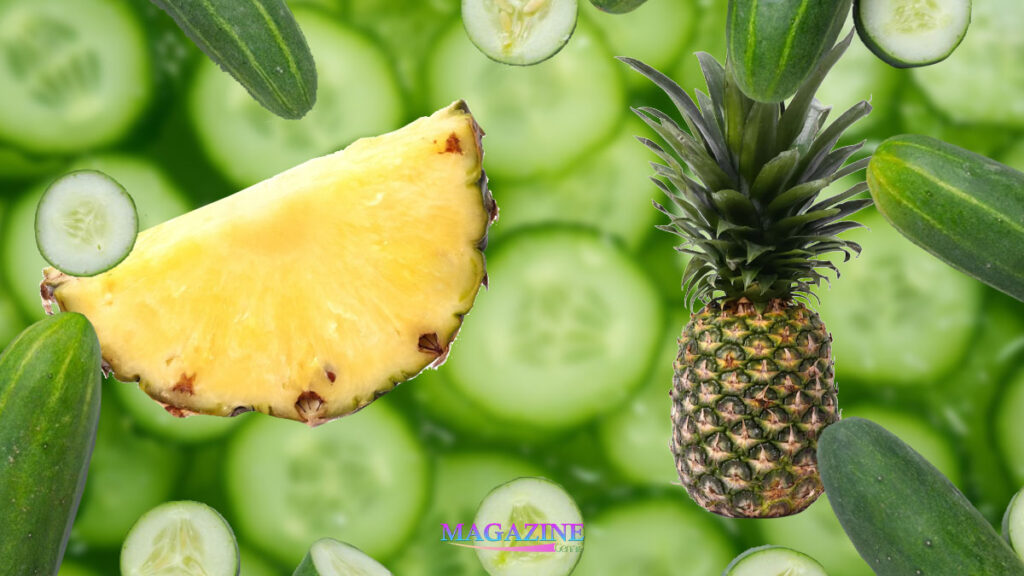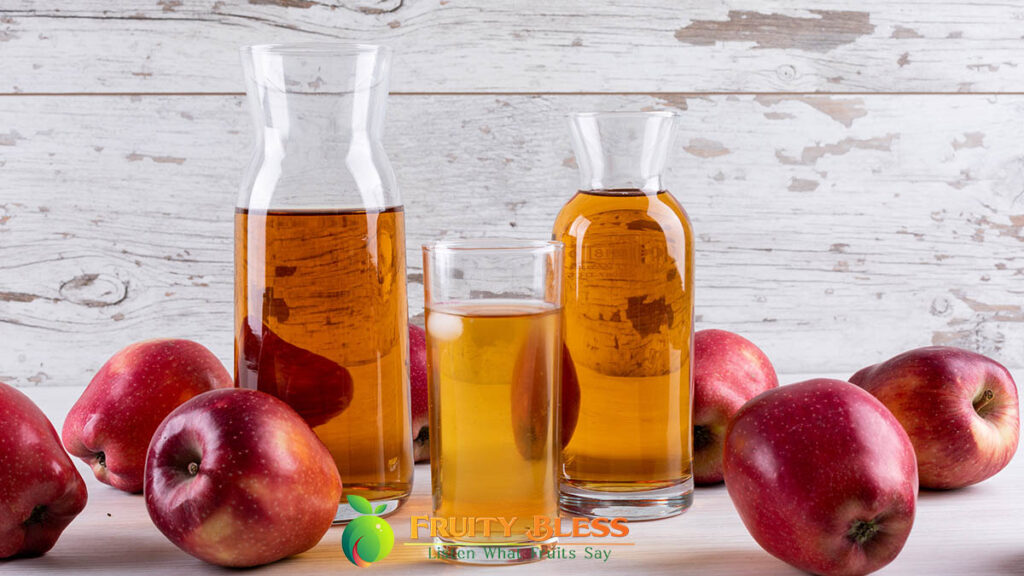You put those beautiful yellow bananas in the fridge to keep them fresh, only to be disappointed later when they emerge with unsightly brown spots or a completely blackened skin. It seems counterintuitive, but there’s a fascinating scientific explanation behind why bananas turn brown in the fridge.
Table of Contents
Facts about Why Do Bananas Turn Brown in the Fridge!
- Ethylene: Bananas, like many fruits, naturally produce ethylene gas, a plant hormone responsible for ripening. As bananas ripen, they release more ethylene, which in turn speeds up the ripening process.
- Enzyme Action: Bananas contain an enzyme called polyphenol oxidase (PPO). When exposed to oxygen, this enzyme reacts with phenolic compounds present in the banana, leading to the formation of brown pigments known as melanin.
- Chilling Injury: The cold temperature of your refrigerator has a damaging effect on the structure of banana cells. The cell walls become compromised, allowing the PPO enzymes to interact more easily with oxygen and phenolic compounds, leading to accelerated browning.
- Premature Ripening: Cold temperatures also disrupt the normal ripening process of bananas. While the cold might slow down some aspects of ripening, it can trigger a premature increase in ethylene production.
So, why does this matter?
The browning of bananas in the fridge doesn’t necessarily mean they’re bad. The peel might look unappealing, but the flesh inside might still be perfectly edible, especially if the exposure to cold was brief. However, the flavor and texture will be affected, resulting in a less enjoyable experience.
See also : 8 Benefits of Dragon Fruit and Side Effects
How to Prevent Bananas from Turning Brown in the Fridge:

- The best way to prevent this browning is to avoid refrigerating bananas in the first place. Store them at room temperature, ideally in a well-ventilated area out of direct sunlight. They’ll ripen naturally and remain delicious for several days.
- If you must refrigerate bananas for any reason, only do so when they are fully ripe. Their skin might still turn brown, but the flesh will remain edible for a longer duration.
Should you eat the browned bananas?
Absolutely! As long as the flesh itself isn’t mushy, discolored, or moldy, the brown bananas are fine to eat. They might be a bit softer and sweeter, but their nutritional content remains largely unchanged. In fact, overripe bananas are perfect for baking banana bread, muffins, or smoothies!
In Summary
The browning of bananas in the refrigerator is a fascinating combination of natural ripening processes and the unwanted effects of cold temperatures. While a brown banana may not look appealing, it doesn’t mean it’s gone bad. Remember, storing bananas at room temperature is the ideal way to preserve their freshness and flavor.


